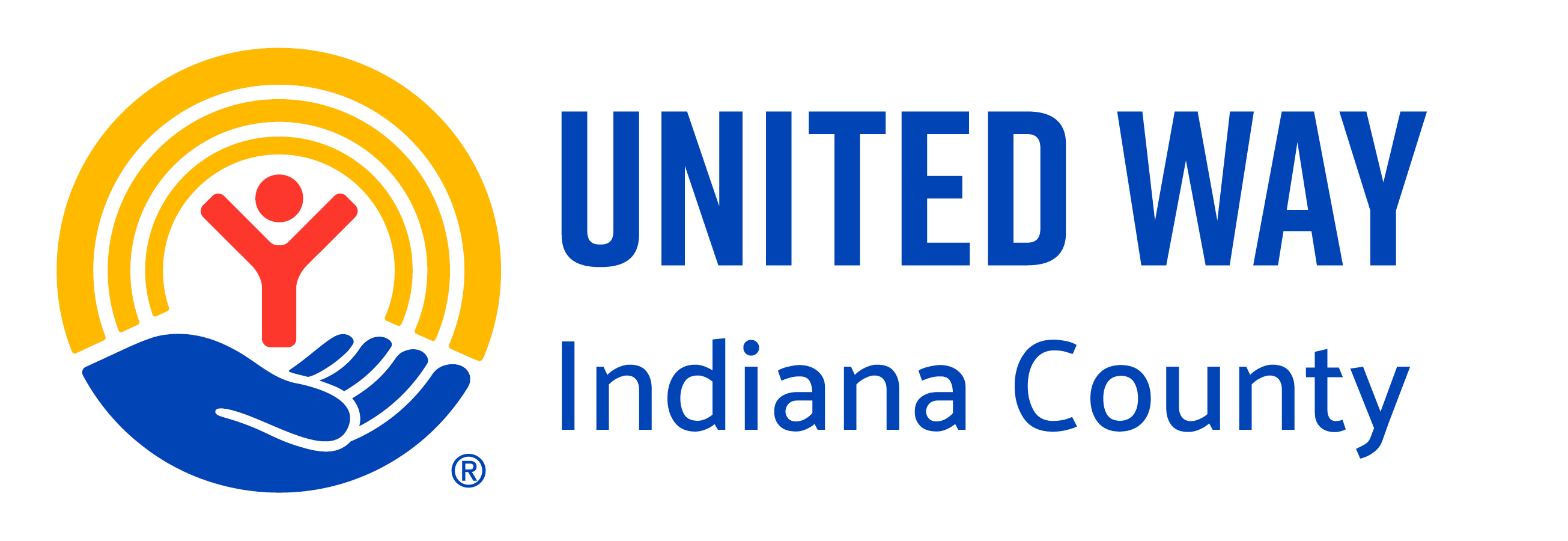
UNITED WAY WORKS FOR A HEALTHIER AMERICA
Whether it is a neighbor without health insurance, a victim of abuse, or someone struggling with mental illness or an addiction, United Way of Indiana County is working to ensure everyone has access to resources to get - and stay - healthy!
OUR GOAL
Since 2008, we’ve been working to achieve our bold, 10-year goal: to increase by one-third the number of youth and adults who are healthy and avoid risky behaviors by 2018.
OUR STRATEGY
Achieving our goal requires us all to become more aware of health risks and the potential effects they have on ourselves and others. Working to change policies and practices, such as extending health care coverage, will enable more people to live healthier lives.
OUR FOCUS
- accessAbilities - Early intervention program focusing on positive behavior training program and specialized therapy resources for birth to three years old.
- Alice Paul House - Domestic violence and sexual assault victim advocacy and shelter program.
- Camp Orenda - Camp sessions for teens and adults with disabilities.
- Chevy Chase Community Center - Soup kitchen.
- Lifesteps - Child check developmental screenings for children birth to five years old.
- Open Door - Medication-assisted treatment for opioid abuse.
- Visiting Nurse Association - Hospice and Hopeful Hearts child grief programs.
- YMCA - Adapted sports program for people with disabilities or special health conditions.
- YMCA - Fitness and nutrition day camp for children grades K-9.
Health Facts
- More than 33% of children and adolescents are overweight or obese. That’s 25 million kids and teenagers.
- Children with health coverage are better prepared to learn in school and succeed in life.1
- The number of Americans without health insurance has increased steadily since the beginning of the century, now totaling about 47 million. More than 80% are working families.2
- 8.7 million children live without health insurance – more than the total number enrolled in the first and second grades in U.S. public schools.3
1Institute of Medicine. From Neurons to Neighborhood: The Science of Early Childhood Development. Washington DC: National Academies Press, 2000.)
2Employee Benefit Research Institute estimates from the March Current Population Survey, 2007 Supplement.
3Compiled by the State Health Access Data Assistance Center (SHADAC), University of Minnesota School of Public Health, using data from the U.S. Census Bureau’s Current Population Survey 2007.
